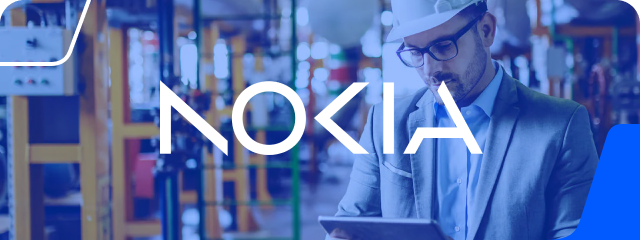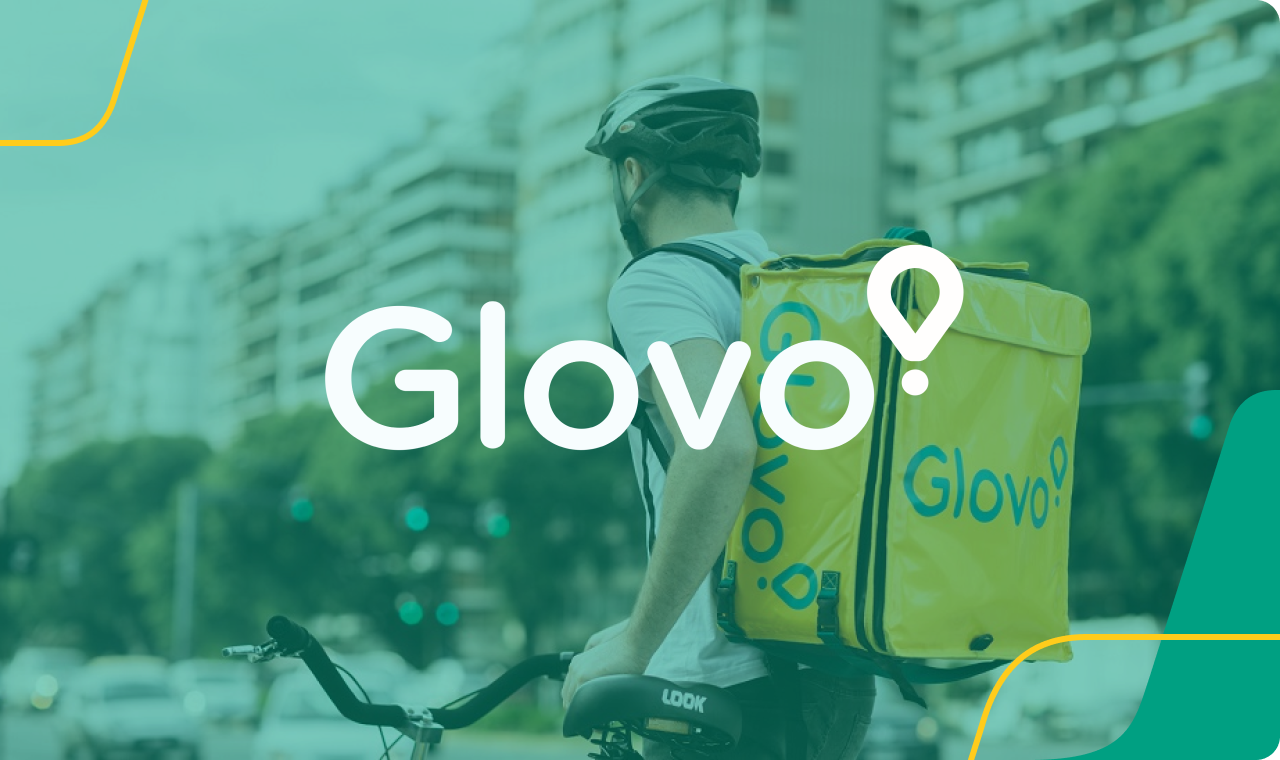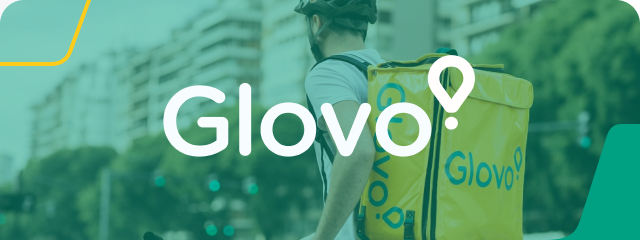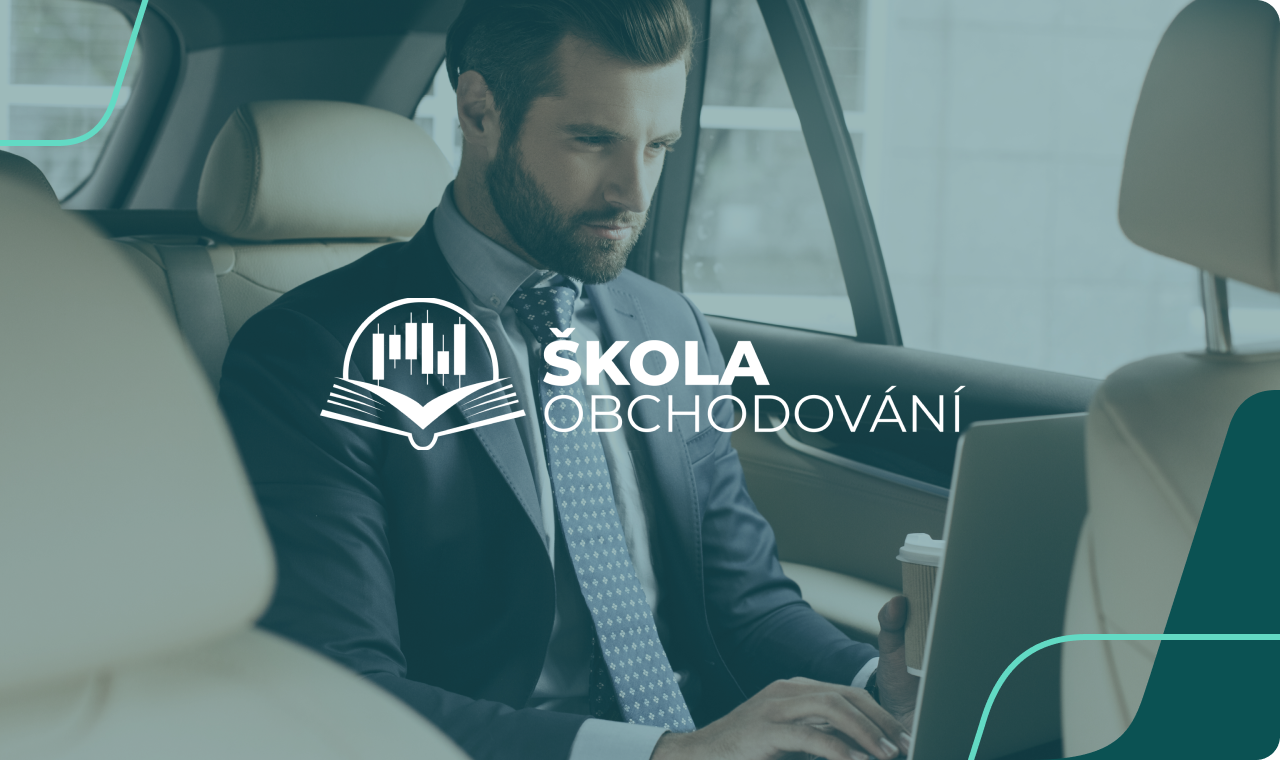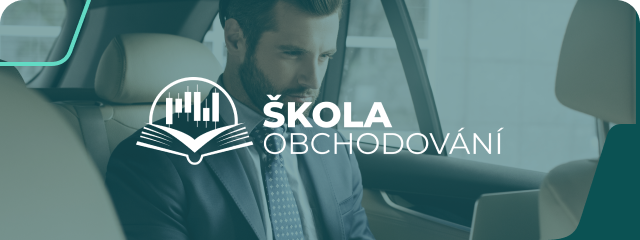FEATURE VS. FEATURE
Chatbot vs. Voicebot: Which One is Better for You?
Both chatbots and voicebots offer fast, automated support—but which one fits your needs best? Here’s a quick breakdown to help you decide.
- Chatbots: Best for fast, silent replies on chat.
- Voicebots: Great for natural, spoken conversations.
- Your Fit: Depends on your users and channels
Chatbot
Voicebot
Main Differences between Chatbot and Voicebot
Parameter
Chatbot
Voicebot
User Input
Text-based input via chat
Spoken input via voice
Channel
Web chat, messaging apps, mobile
Phone, smart speakers, voice assistants
Best For
Quick replies, multitasking users
Hands-free, natural conversations
Response Format
Text responses
Voice responses
Setup Complexity
Easier to implement
Requires speech recognition and NLP

What is a Chatbot?
A chatbot is a software program that simulates human conversation through text — or text-to-speech—to assist users without the need for a live agent. Whether answering FAQs or guiding purchases, it helps businesses stay available 24/7. Here are the main featuress of chatbots:
- Text-first: Operates on websites, apps, and messaging platforms.
- Always on: Offers instant support, even outside business hours.
- Cost-effective: Handles high volumes without increasing headcount.
How does Chatbot work?
Chatbots use natural language processing (NLP) and pre-set rules to understand questions and deliver relevant answers in real time. Some are simple decision trees— others are powered by AI for more dynamic conversations. Here’s how it works:
- Input reception: User types a question or selects a prompt.
- Intent detection: The chatbot analyzes keywords or phrases.
- Response delivery: It replies with text, buttons, or links
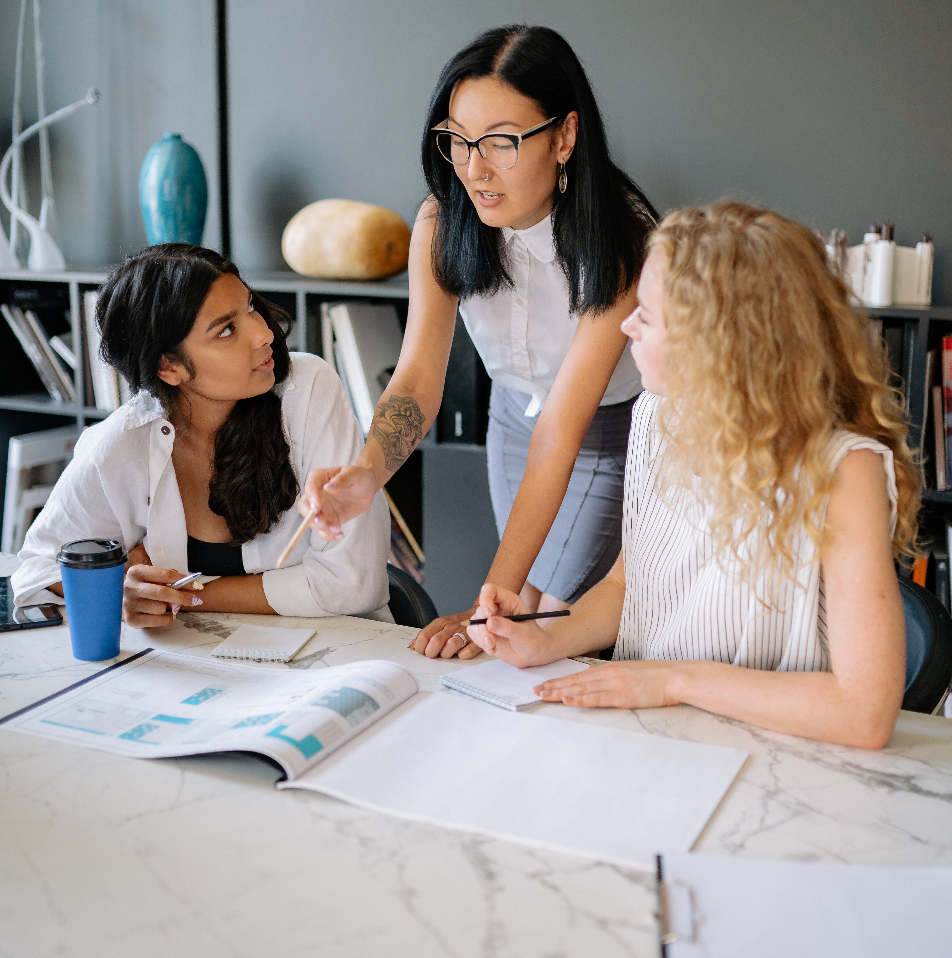

What is a Voicebot?
A voicebot is a conversational AI tool that interacts with users through spoken language. Instead of typing, users talk—and the voicebot listens, understands, and responds in real time.
- Talk-first: Designed for phone calls, smart devices, or voice assistants.
- Hands-free help: Ideal for driving, multitasking, or accessibility needs.
- Human-like tone: Mimics natural speech for smoother interactions.
How Does a Voicebot Work?
Voicebots use advanced speech recognition and AI to decode spoken language, understand user intent, and respond in real time. From filtering background noise to choosing the right reply, every step is designed to feel as human as possible. Here’s how it works:
- Listens clearly: Automatic Speech Recognition filters noise and captures the user’s voice.
- Understands intent: Natural Language Processing and Understanding (NLP and NLU) decode meaning and context.
- Speaks back: Text-to-speech delivers a clear, human-like reply.

Let’s talk about
pros and cons
Chatbots
Provides Instant replies
Chatbots respond within seconds—no hold music required.
Scales easily
Handle thousands of conversations at once without extra agents.
Setups Without Hassle
Easy to launch on websites, apps, or messaging platforms.
Great for multitasking users
Perfect for customers who’d rather type than talk.
Limited context
Struggles with complex questions or off-script conversations.
Feels robotic
Without good training, replies can sound stiff or generic.
Text-only limitations
Not ideal for users who prefer talking or need accessibility support.
Voicebots
Natural conversations
Voicebots feel more human and intuitive — just like a phone call.
Hands-free help
Great for on-the-go users or those with accessibility needs.
Understands tone and emotion
AI can detect sentiment and respond with empathy.
Better for complex queries
Voice flow allows for more context and back-and-forth.
Noisy environments
Background sounds can disrupt speech recognition.
Takes longer than chat
Spoken replies aren’t as fast to skim as text.
More complex to build
Requires advanced setup with ASR, NLP, and custom training.
OUR FEATURES
Discover 4 Most Popular
Bot Features
FAQs
What is the difference between a voicebot and a chatbot?
A voicebot talks, a chatbot types. Voicebots use speech; chatbots use text to interact with users across different channels.
What is a voicebot?
A voicebot is AI that interacts using speech. It listens, understands, and replies to spoken input in real time — like a virtual phone agent.
How is a voice assistant different from a chatbot?
Voice assistants use speech and often live in smart devices. Chatbots are text-based and live in chats, apps, or websites.
What is the difference between a bot and a chatbot?
A bot is any automated program. A chatbot is a specific type that communicates through text-based conversation.
CloudTalk is a data-driven solution for exceptional customer experience and intelligence is a key part of it.
Schedule a demo today and find out for yourself.

